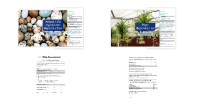Animal Life Cycles and Reproduction
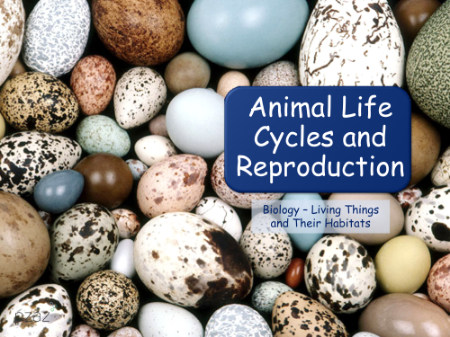
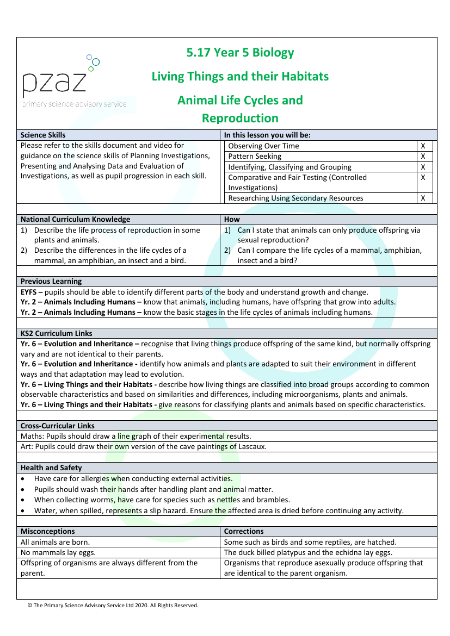

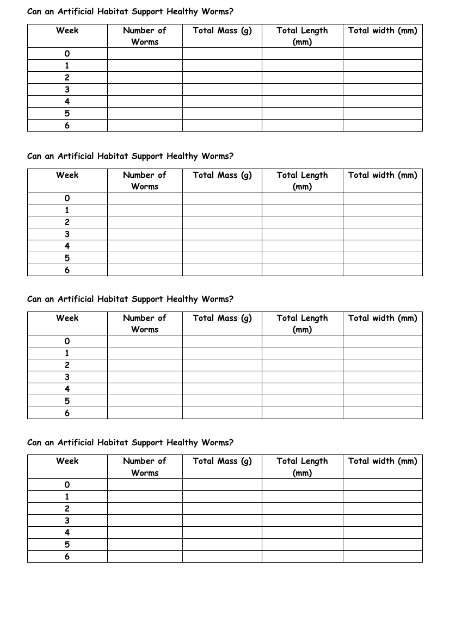
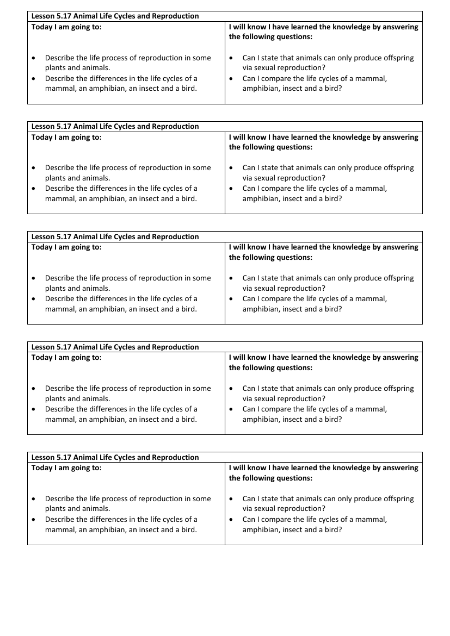
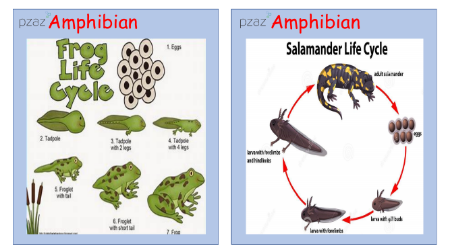


Science Lesson Description
This lesson is designed to help pupils understand the life process of reproduction in some animals and to describe the differences in the life cycles of a mammal, an amphibian, an insect and a bird.
The lesson aims to correct misconceptions such as all animals being born, no mammals laying eggs, and offspring always being different from the parent. The keywords for this lesson include sexual reproduction, mating, hatch, birth, and offspring. Influential scientists such as Robert Hooke, Rachel Carson, Andreas Vesalius, Jane Goodall, Johann Naumann, and Emily Arnesen are also included in the lesson.
Activity: Worm Charming
The worm charming activity requires pupils to work in groups of 4 with equipment such as 2 sticks, a plastic container, water, a trowel, mustard powder, and a jug. The activity involves charming worms and collecting them, as well as observing their behavior in response to different stimuli such as vibrations, mustard solution, and plain water.
Science Explained
The science behind worm charming is that the vibrations created by tapping a thick stick pass through the soil, mimicking the movement of moles. This is a survival mechanism for worms as moles love to eat them. Worms play an important role in the health of soil by breaking down organic matter and leaving behind important plant and animal nutrients.
Possible Questions
- Why do worms move to the surface when it rains?
- How many worms were in your patch of ground?
- Do you think worms are useful or not? Why do you say this?
Activity: Worm Farm
The worm farm activity requires pupils to work in groups of 4 with equipment such as a 2l bottle, sand, soil, water, scales, ruler, scissors, straw, sticky tape, grated carrot, potato peelings, used teabags, parsnips, and newspaper. The activity involves creating a worm farm and observing the worms' behavior and growth over time.















